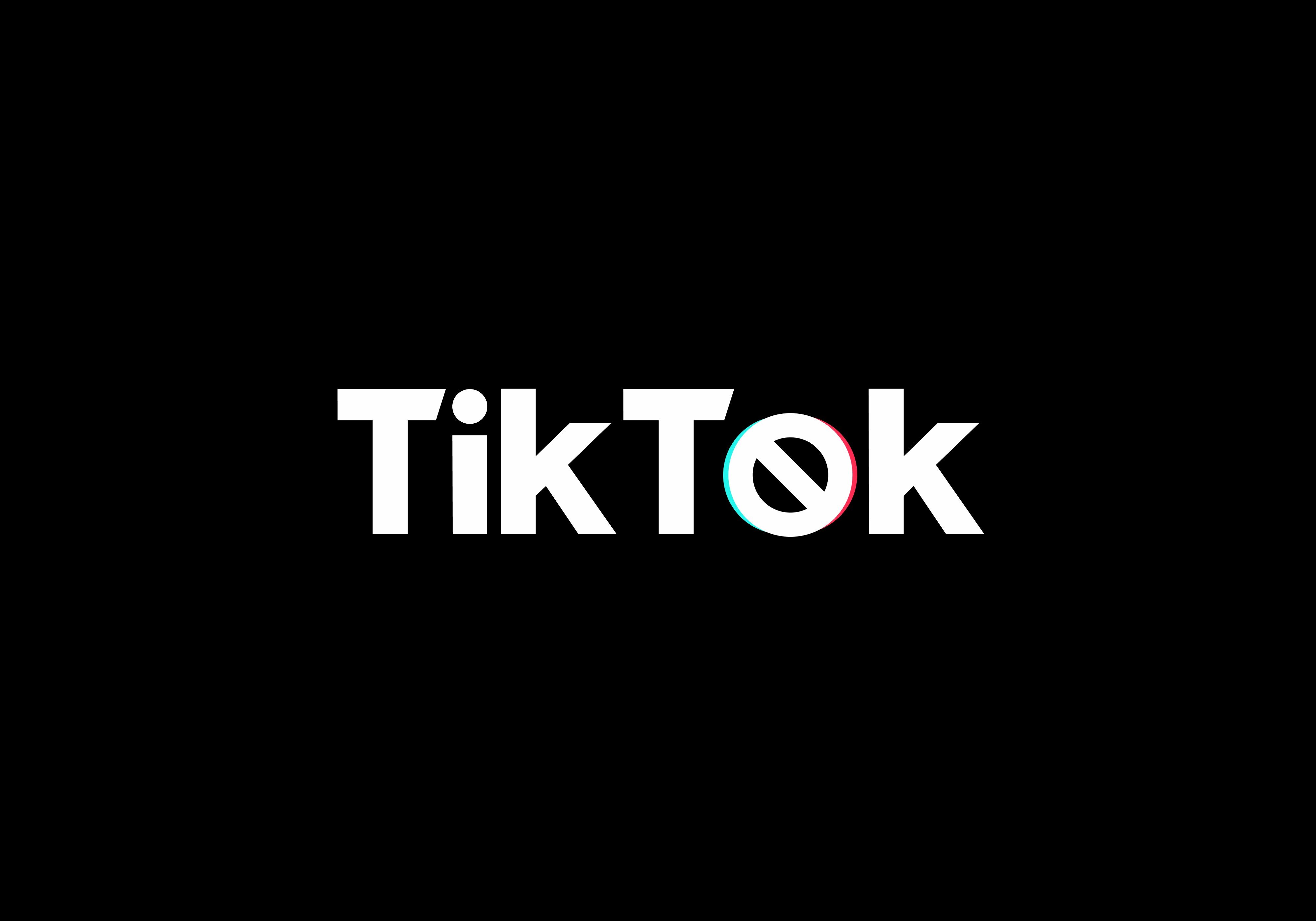5 SEO Insights From Google's Helpful Content Update
Google has made several big updates to how their search algorithm works over the past two years. However, few updates have created as much panic and...
3 min read
 Kevin Smith
:
3/18/24 4:58 PM
Kevin Smith
:
3/18/24 4:58 PM

Creating regular content for a brand is one of the most challenging aspects of digital marketing.
Maybe creating content comes easy for you but, with each post or video, I face the same mental hurdles throughout the process:
What should I write about?
Why should this come from me?
Will anyone even care?
Sure, some of this internal back-and-forth is part Dunning-Kruger effect and part imposter syndrome, but most of it is a desire to ensure that I'm writing something valuable that someone will benefit from—whether they hire us or not.
Thankfully, in a recent podcast, Gary Illyes, an Analyst on the Google Search team, confirmed that quality, valuable content matters a lot. In fact, Google's crawling decisions are largely driven by content quality and search demand.
But how do you create high-quality content that Google loves to crawl?
Now, let's talk about what makes content "high-quality" in Google's eyes.
It's not just about stuffing your articles with keywords or churning out fluff just to hit a magical character count.
Google is looking for content that's relevant, useful, and engaging.
Think about it like this: imagine you're searching for tips on how to grow your email list. You come across two articles: one full of generic advice you've heard a million times before and another packed with actionable strategies and real-life examples.
Which one are you more likely to read?
So, how do you create content that checks all of Google's boxes?
It starts with research. Dive deep into your audience's demographics, interests, and pain points to create content that speaks directly to them.
Identify relevant keywords and topics that are important within your industry.
Be consistent in your approach. Establish a consistent publishing schedule to keep your audience engaged and signal to Google that your website is regularly updated.
Don't be afraid to inject some personality into your writing. After all, nobody wants to read or watch boring content. Try to bring a fresh perspective, unique insights, or personal anecdotes to your content to help it stand out.
Think of the last article or video you enjoyed watching or brands and creators you subscribe to. I'd be willing to bet you subscribe due to their personalities as much as the content.
It's why we work with many clients on their brand voice and tone. People want to connect with real people, not faceless corporations.
Great content is a big piece of the puzzle, but it's not the only piece.
Let's talk about Google's web crawlers. These little bots are like digital detectives, scouring the internet for new content to index.
But here's the thing: they can't index what they can't find. That's why regular crawling is so important.
Google crawls your site at a different frequency, ranging from several times a day for larger, more active websites to once every few weeks for smaller or less active sites.
The frequency matters because if you publish new content on your site and Google's crawlers don't stumble upon it, it might as well be invisible.
The more often Google's bots crawl your site, the better chance your content will get noticed.
High-quality content gets crawled more often, which can lead to increased visibility, better SEO, and higher organic traffic.
Once you've created your high-quality content, you need to ensure that Google's crawlers can find it without obstruction.
This means paying attention to critical SEO elements like:
Trust me, it's worth the effort. At Mighty Roar, we've seen websites go from buried in the depths of Google's search results to first-page glory just by correcting crawlability issues on their sites.
Last, remember to track your content's performance to see what's working and what isn't.
Keep an eye on metrics like organic traffic, engagement, bounce rates, and conversion rates.
Don't be afraid to experiment. Try different formats, topics, and writing styles to see what resonates best with your audience.
Ultimately, creating high-quality content that gets crawled more often is challenging, but it isn't impossible.
It just takes a little bit of know-how and a whole lot of effort. Putting these tips into action will help improve your content and search results. Your audience and Google's crawlers will thank you for it!
Sign up for our monthly newsletter to receive updates.

Google has made several big updates to how their search algorithm works over the past two years. However, few updates have created as much panic and...

Optimization is frequently discussed in digital marketing because it is one of the best areas to test and adjust your campaign assets and see near...

As policymakers in the United States debate the fate of TikTok, marketers are keeping a close eye on the potential ripple effects.